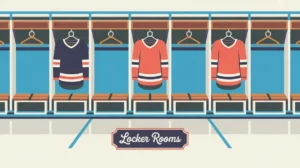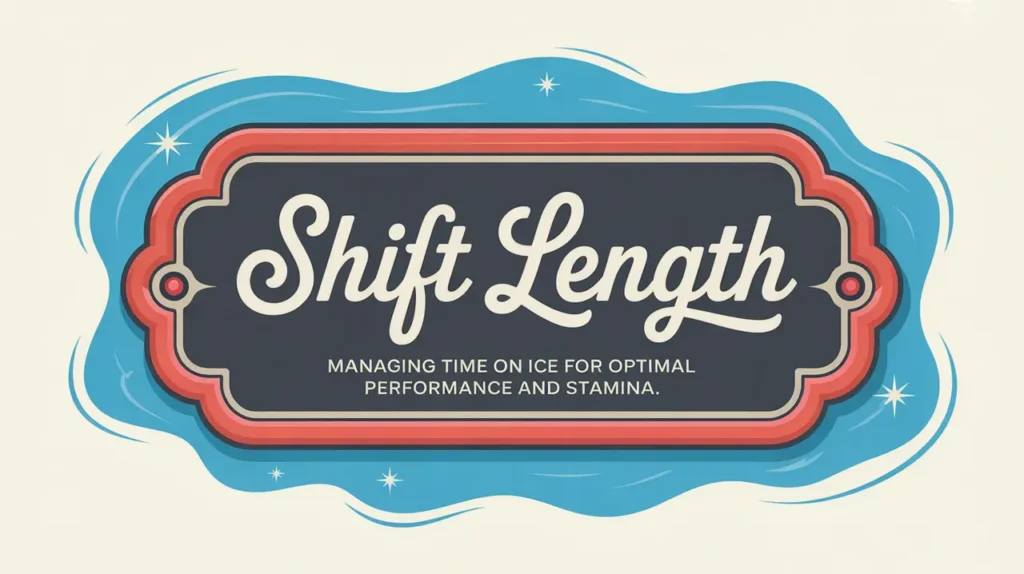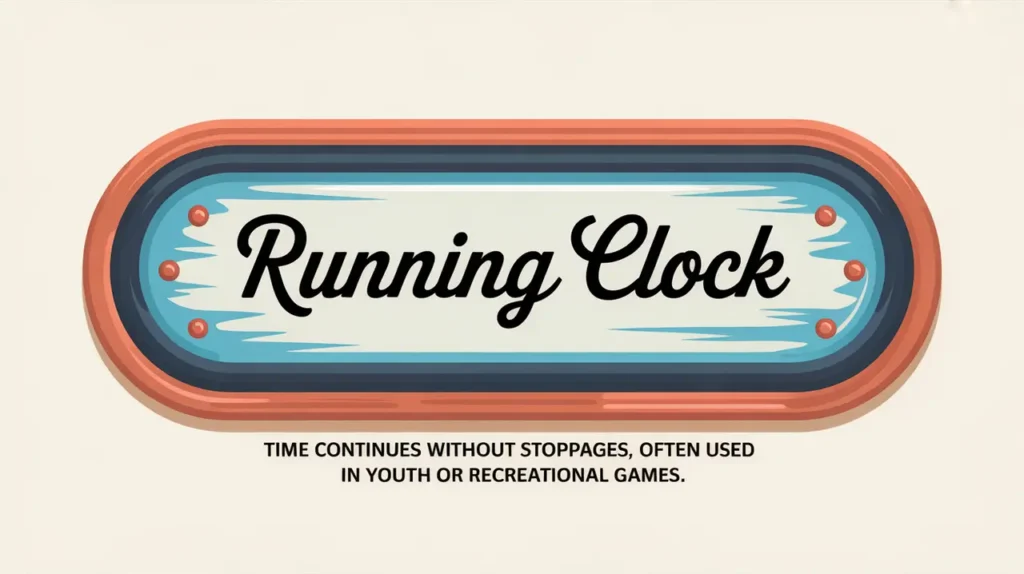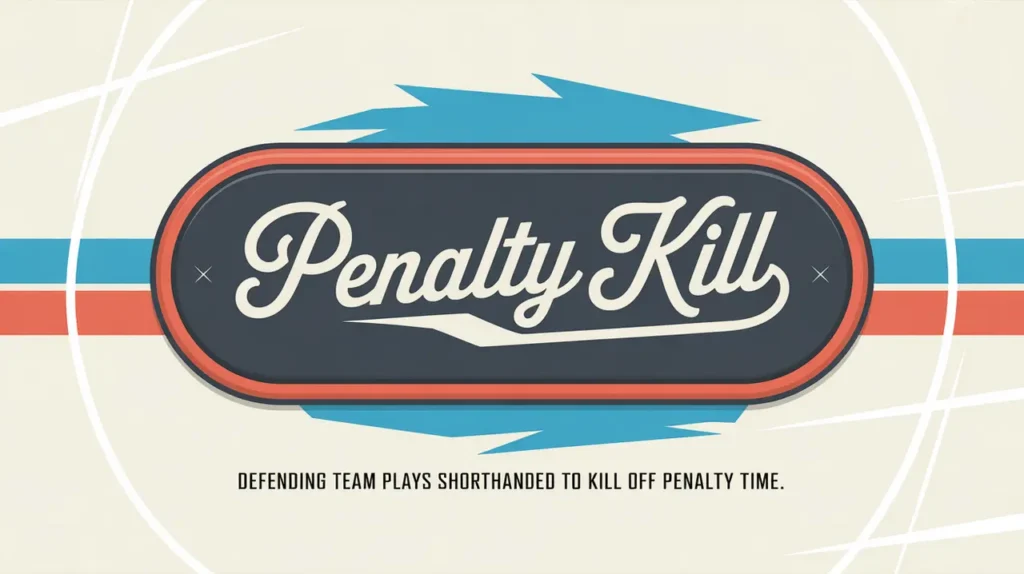Jim’s Intro to Forecheck
Hi folks, Jim here, the only commentator who once thought a “forecheck” was a kind of deposit you had to pay by check; not cash, card, or electronic payment.
What is forecheck?
Forecheck is the tactical pressure applied by the attacking team in the opponent’s defensive zone to regain possession after losing the puck. It sets the tone for how aggressively a team plays without the puck. A strong forecheck disrupts breakouts, forces turnovers, and keeps the play pinned deep in the offensive zone.
How does it work?
Forechecking relies on structure, timing, and teamwork:
- Pressure the Puck Carrier: The first forward (F1) charges in to challenge the puck and force quick decisions.
- Cut Off Passing Lanes: The second forward (F2) supports by intercepting or anticipating outlet passes.
- Support Layers: The third forward (F3) stays high to prevent odd-man rushes if possession is lost.
- Defense Activation: Defensemen pinch at the blue line to keep pucks in, reading plays carefully to avoid getting caught.
- System Variations: Teams choose forecheck systems (like 1-2-2, 2-1-2, or 1-3-1) based on strategy and personnel.
- Communication: Coordinated pressure between all five skaters is key to trapping the opponent.
How do you make good decisions with it?
- Know Your Role: Understand whether you’re F1, F2, F3, or a defenseman and stick to the structure.
- Pick Your Moments: Aggressive forechecking can create turnovers, but overcommitting leads to odd-man rushes.
- Angle Smartly: Force puck carriers into predictable lanes where support can trap them.
- Read the Play: If the opponent has full control, back off into neutral zone structure rather than chasing blindly.
- Work as a Unit: A good forecheck lives and dies by synchronized pressure.
How do you master it?
Mastering forecheck is about timing, skating, and discipline. Teams drill forecheck systems repeatedly, focusing on angles, communication, and reads. Players learn to pressure with speed but also patience, forcing mistakes rather than just chasing.
What does it look like when done right?
An effective forecheck feels relentless but controlled. The opponent tries to break out but runs into wave after wave of pressure. Turnovers pile up, shots increase, and momentum shifts in your favor.
Commentator’s Corner
Jim’s Take
A good forecheck is like a well-timed ambush. The other team thinks they’re escaping, then suddenly they’re hemmed in like traffic at a four-way stop.
Parent Tip
Help young players understand their responsibilities within the system, not just chasing the puck. Structure matters as much as hustle.
Player Tip
Keep your feet moving, read the breakout, and commit to your role. Smart pressure creates chaos for the other team.
A Final Thought
The forecheck is one of hockey’s most powerful weapons. Execute it well, and you control territory, tempo, and the flow of the game.









